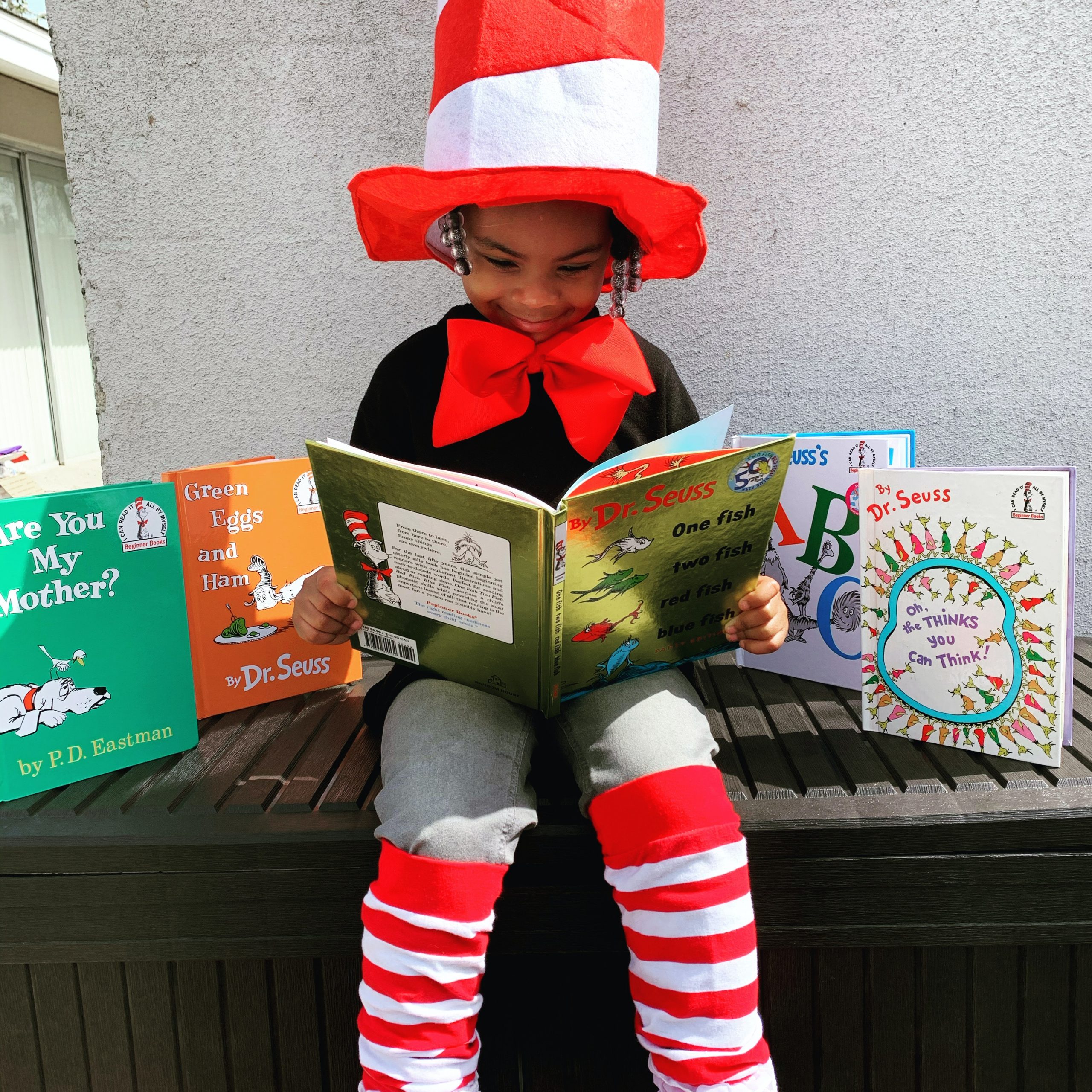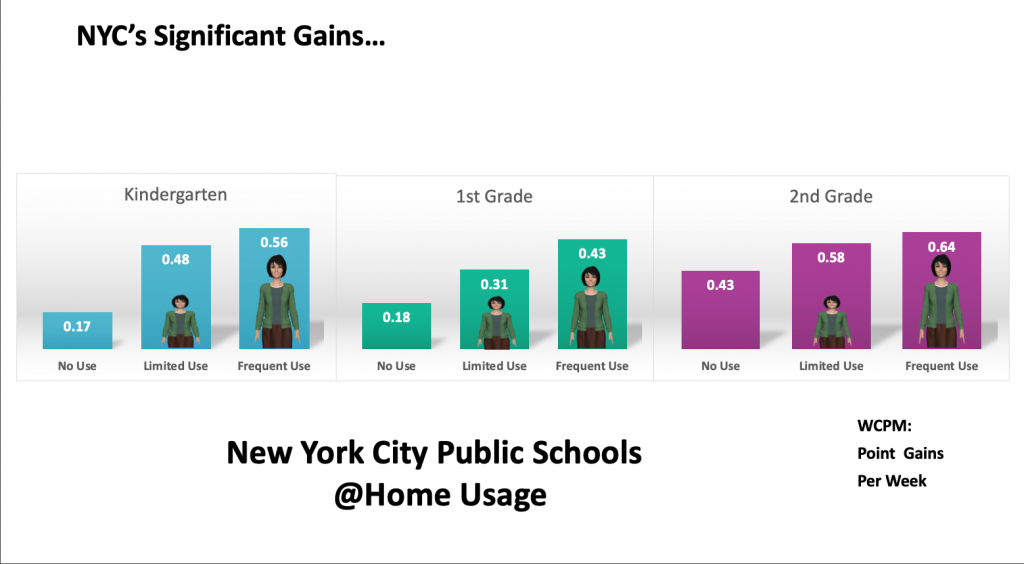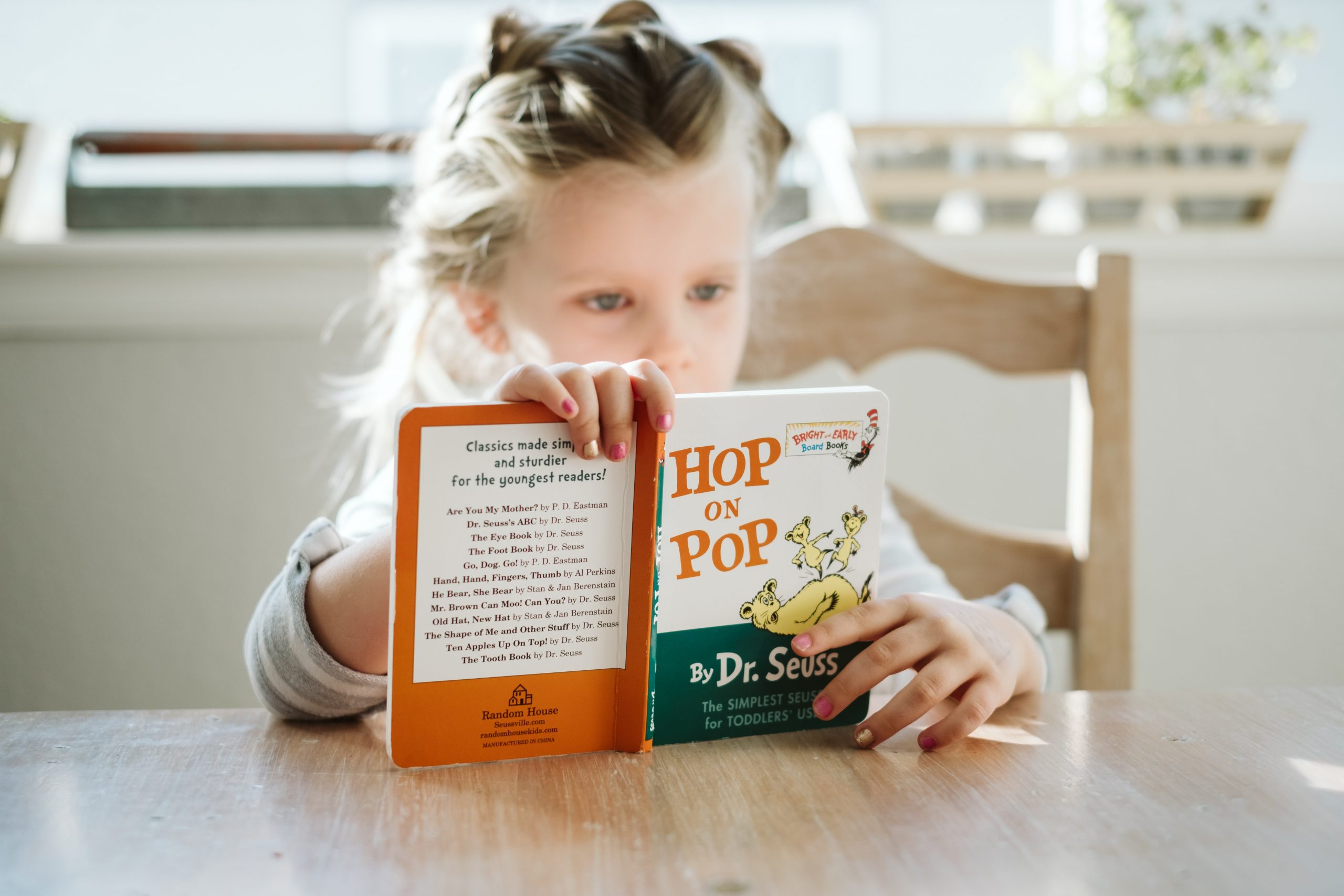As we’ve discussed in previous articles, our educational system is facing plenty of challenges – but one that doesn’t get enough attention is literacy and its connection to long-term educational success. Research shows that kids who are not reading by the end of third grade are four times more likely to drop out of high school. In fact, kids who struggle to read by the third grade account for 88% of those who fail to finish high school.

And according to the data, there’s a quantifiable cost to this problem in terms of lost earnings, taxes, and productivity. That cost was $260,000 per student just 12 years ago, and more recent estimates put the number closer to $300,000 for each child who doesn’t finish high school. Clearly, childhood literacy is a bigger issue than simply passing tests!
Current Strategies to Address Childhood Literacy
Current strategies include legislation around instructional programming and services, grade retention (holding students back), and improving teacher preparedness.

Some of these strategies are effective; for example, participation in Early Care and Education (ECE) programs can boost language and literacy skills in children before school entry. But other solutions – such as student-specific interventions – are time-consuming, costly, and tend to get neglected in impoverished areas. Conventional solutions for addressing literacy aren’t producing the results we need across diverse populations.
Data Science and Amira Learning
Using data science and machine learning, companies like Amira Learning have developed new solutions to address the above issues. For example, consider Amira – a digital learning avatar developed in collaboration with Carnegie Mellon University and Johns Hopkins University. Amira listens to kids read and provides valuable, student-specific insights into language and literacy:
- Individualized capability assessment
- Practice, tutoring, and instruction
- Screening for common learning disabilities, such as dyslexia
- Progress reports and assessments for educators
This solution accelerates literacy growth by giving students an easy way to receive personalized instruction, especially when faculty resources are limited. With data science-powered platforms behind them, it’s much easier for teachers to identify which students are struggling and who may benefit from more personalized instruction.
The Results are Encouraging
Amira is having a significant impact. Studies are showing remarkable gains in early literacy in New York, Texas, Florida, and Georgia among kids both with moderate and frequent use. These improvements are especially interesting for the English Language Learning populations. And both parents and teachers are finding that their kids are more engaged. Amira has been especially useful as a portable solution that kids can use at home during the current crisis.

The Future of Childhood Literacy
Our takeaway here is this: The status quo is failing our nation’s youth. A “best practices” approach to educational strategies is becoming increasingly irrelevant in a world powered by information. Newer educational solutions that leverage data science are doing a better job at moving the needle – and providing a better approach to youth education that’s effective, sustainable, and equitable for all.

At Kury.us, Dave's deep background in technology, data, and software intersects with his passion for improving the lives of children at risk. As an innovator and serial entrepreneur, he brings a fresh perspective to many of education's most pressing issues. He is currently on the board of NapaLearns, a non-profit leader in innovation and education. Also, his many roles have included technology consultant and CTO in the for-profit education arena. Dave finds solutions that close the resource and education gap for children at risk.






